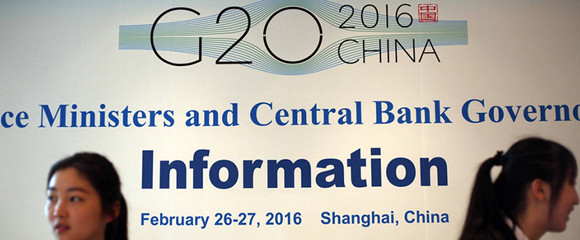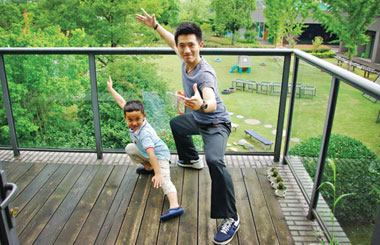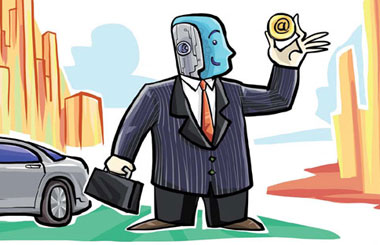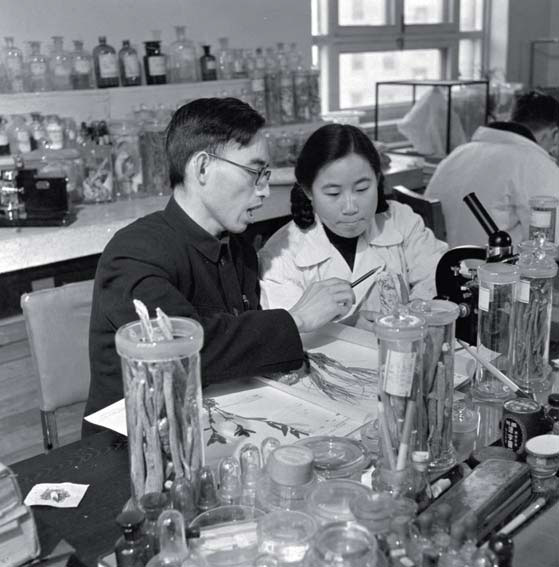Testing times
Updated: 2016-05-06 06:54
By Cheng Yingqi(China Daily Europe)
|
|||||||||
|
Chinese scientist Tu Youyou working with Professor Lou Zhicen in the 1950s. She was an intern at the time. |
World of change
A recent study has shown that female scientists are in the minority worldwide.
In October, the South African Academy of Science released a report on a survey of 69 national science academies - believed to be the first of its kind - that found only 12 percent of all members are women.
Furthermore, it showed just 6 percent of China's top-level researchers are female. This compares with 10 percent in Europe and the United States, although both have much smaller populations. (The highest proportions were in South American and African countries, which ranged between 19 and 27 percent.)
Jin Feng, a researcher with the Shanghai Engineering Center for Microsatellites, says of the 70 people in her department, 20 are women.
Yet the 32-year-old, who is a specialist in electromagnetic fields and microwave technology, says things have definitely improved over the years.
She cites stories heard from female colleagues around in the 1970s and 1980s who told her that, back then, research facilities lacked even basic amenities for the few women there were. "Some places didn't even have toilets for women," she says.
As a result, women were usually not given senior posts that required a lot of traveling, as they were unable to share accommodation with men, which was inconvenient and ultimately pushed up costs.
Most facilities have been updated to make it easier for female scientists, but Jin says some outdated attitudes have lingered.
"Certainly, there is still a bias against women in China," she says. "We're still seen by some people as 'too emotional' for science, while many ignore the fact we tend to be detail-orientated - more so than men - which can be decisive in achieving success in this field.
Related Stories
Female patrol team seen at West Lake in Hangzhou 2016-05-03 10:45
Half the Sky talks up the need for more female artists in public spaces 2016-05-03 08:10
Chinese female writer nominated for Hugo Award for Best Novel 2016-04-28 11:09
China to have first batch of female pilots for 'flying leopard' fighter bombers 2016-04-20 09:26
Female cops combine warmth with strictness 2016-04-04 09:53
Today's Top News
London's mayor an exception to Muslim ban -Trump
EU anti-dumping moves may damage ties with China
Search widens for leading overseas professionals
60% of career women say no to second child: report
Testing times
Big hopes as China hosts the G20
Inspectors to cover all of military
Britons embrace 'Super Thursday' elections
Hot Topics
Lunar probe , China growth forecasts, Emission rules get tougher, China seen through 'colored lens', International board,
Editor's Picks

|

|

|

|

|

|








